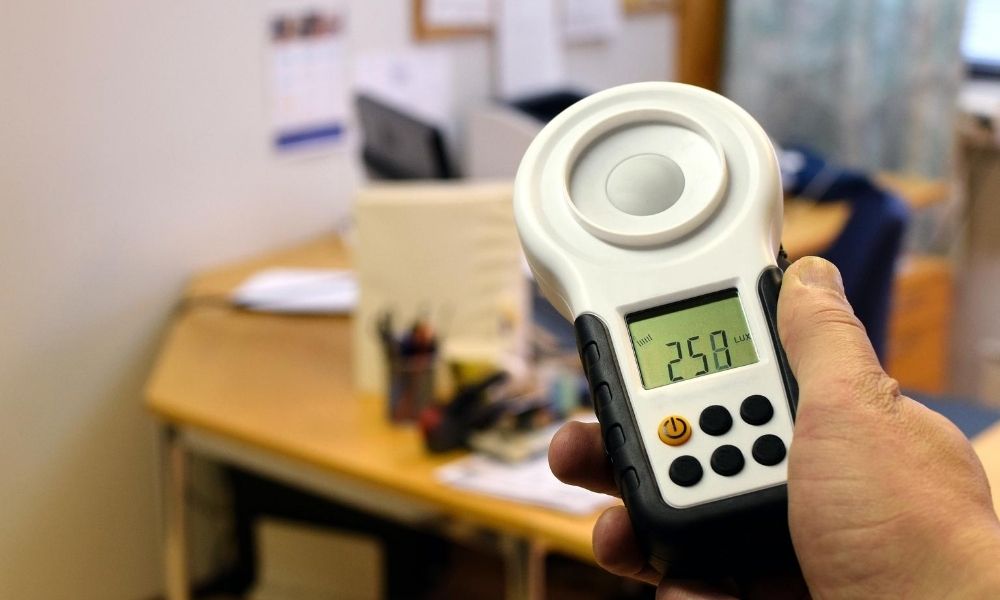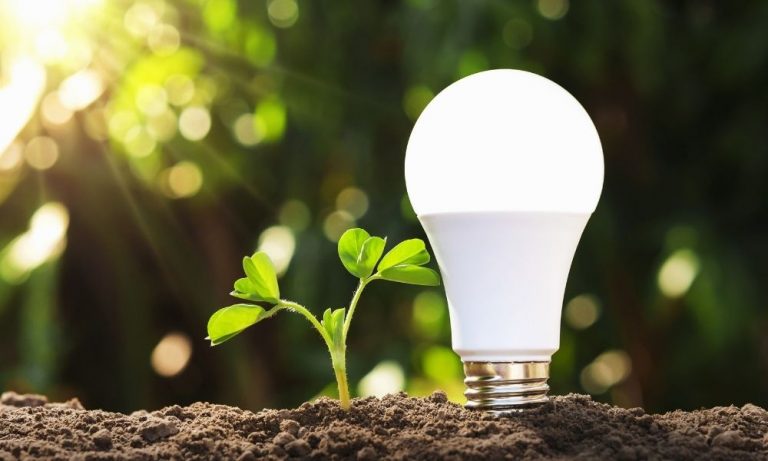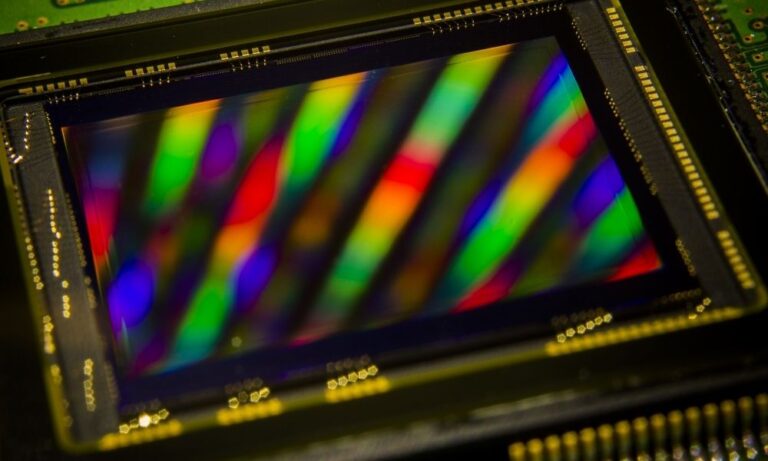Not many people understand the important role that light plays in everyday life. For example, folks use devices called optical sensors all the time without even realizing it. These pieces of equipment are light measurement sensors that convert light into electrical energy. This is a remarkable capability, and everyone should know the application of optical sensors to develop a greater appreciation for the items they use daily.
Smartphones
Everyone has a smartphone these days. These tools help folks stay connected to their loved ones and keep up with current events. Yet, folks know the struggle of not seeing their screens as well when it’s incredibly sunny outside. This is where optical light sensors come into play. These machines help a person’s phone adjust to a new lighting environment and dim the brightness, so individuals have a clearer picture. Without optical sensors, people would be squinting at their phones every time they stepped outside.
Medical Field
Optical sensors are also used by professions in the medical field. Essentially, physicians shine an LED light on someone’s skin, and the optical sensor that’s attached to that light can measure a person’s heart rate. The sensors use the LED light to measure the energy coming from someone’s body. Keep in mind, though, that blood absorbs more light. So, the results may change depending on the person.
Wind Turbines
Wind energy is the future. Everyone ought to be looking for more sustainable ways to power their modern lifestyle. Using optical sensors in wind turbines is one way to help keep our footprint on the planet sustainable. Essentially, the turbines are powered by sunlight that is converted into energy so that the turbines can start. Using wind energy is a much eco-friendlier option than coal and fuel systems that can leak and cause substantial damage to the environment. If global governments researched more about the expansive applications of optical sensors, they’d see that they’re a great tool for reducing humanity’s carbon footprint.





